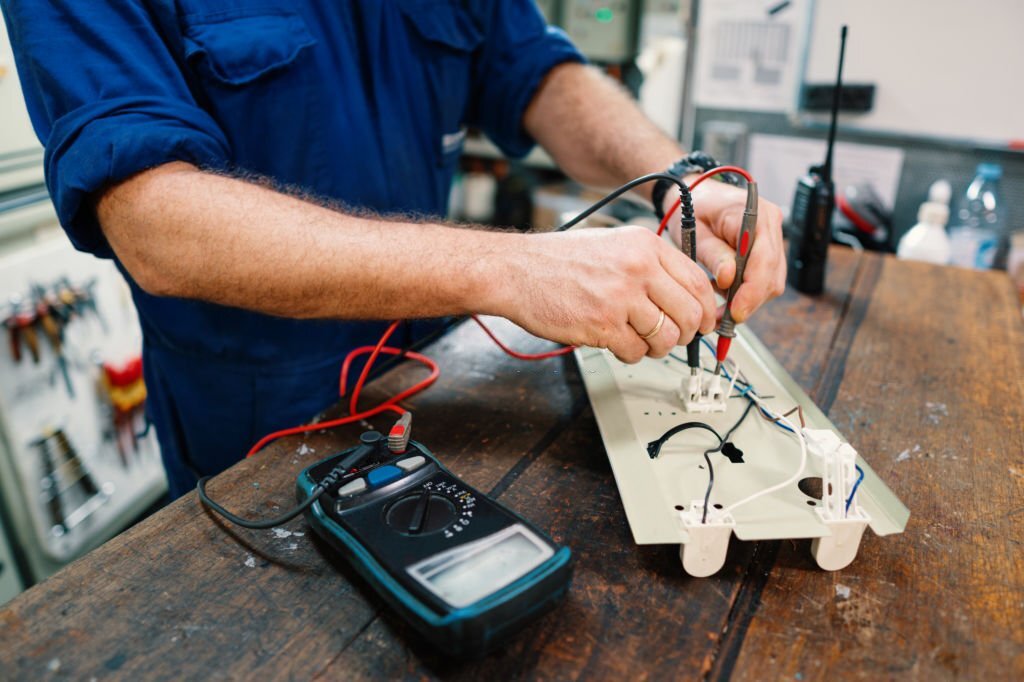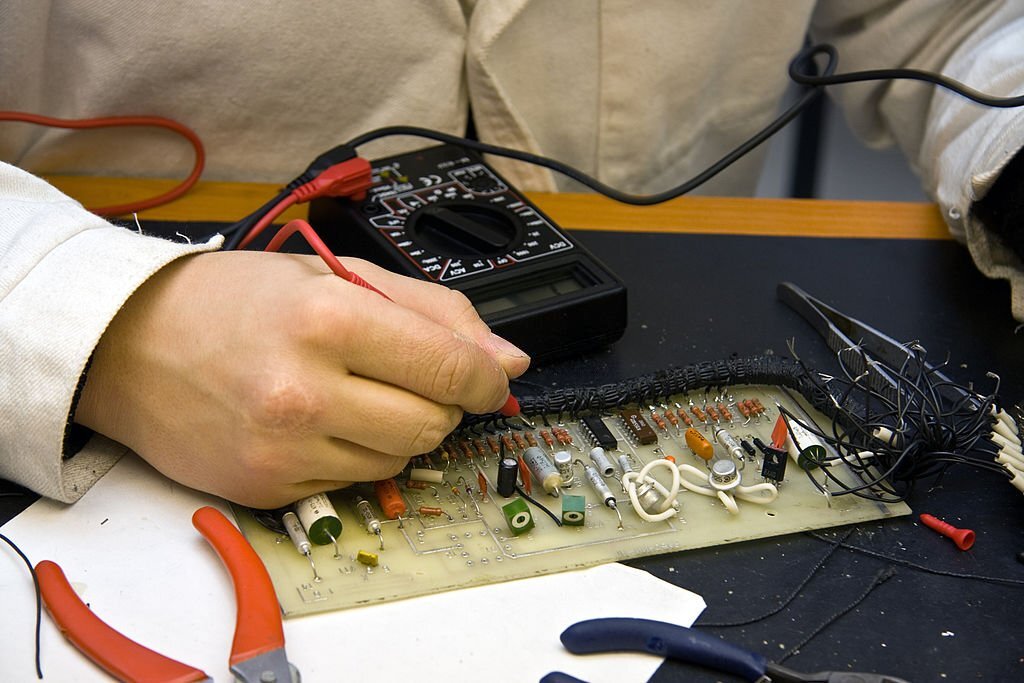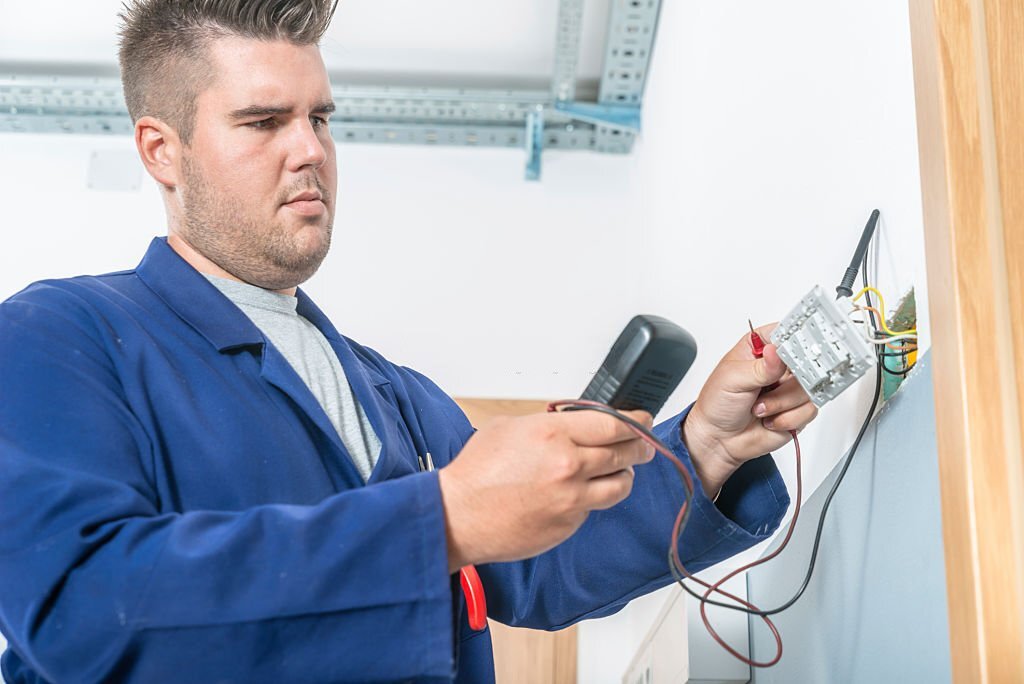Electrical systems are integral to modern society, powering our homes, businesses, and industries. However, these systems can pose significant risks if not properly maintained and inspected. One essential aspect of electrical system maintenance is the 3 3-phase test and Tag, a process that ensures the safety and reliability of electrical equipment. This article will explore the importance of the 3 Phase Test and Tag in electrical systems and its benefits.

Firstly, let us understand what the 3-phase Test and Tag entails. This process involves three main steps: testing, tagging, and recording. A qualified electrician assesses the electrical equipment for any faults or defects using specialized testing equipment during testing. This step ensures that the equipment functions correctly and poses no safety risks. The next step is tagging, where a label or tag is attached to the equipment, indicating that it has been tested and deemed safe. Finally, the electrician records the test results, creating a comprehensive record of the equipment’s condition, which is crucial for future reference and compliance purposes.
One of the key reasons why the Melbourne 3 Phase Test and Tag is essential is to prevent electrical accidents and injuries. Electrical equipment can deteriorate over time due to factors such as wear and tear, environmental conditions, and improper usage. These factors can lead to faults, resulting in electric shocks, fires, or other hazardous situations. Regularly testing and tagging electrical equipment can identify and rectify potential faults before they escalate into major safety hazards. This proactive approach significantly reduces the risk of accidents and injuries, safeguarding individuals and property.
Another crucial aspect of the 3 Phase Test and Tag is compliance with legal and regulatory requirements. In many countries, there are strict regulations and standards governing electrical safety, and failure to comply with these requirements can result in penalties, legal liabilities, or even business closures. By conducting regular testing and tagging, organizations can demonstrate their commitment to ensuring the safety of their employees, customers, and the general public. Compliance with these regulations also helps to maintain a positive reputation and build trust with stakeholders, including clients, suppliers, and regulatory authorities.
Moreover, the 3 Phase Test and Tag provides organizations with a systematic approach to electrical equipment management. By maintaining accurate records of test results, organizations can track the condition of their equipment, identify patterns of faults or failures, and make informed decisions regarding repairs, replacements, or upgrades. This proactive approach improves overall equipment reliability, reduces downtime due to unexpected failures, and extends the lifespan of electrical assets. Additionally, it helps organizations optimize their maintenance schedules, ensuring that resources are allocated efficiently and effectively.
Lastly, the 3 Phase Test and Tag promotes a safety culture within organizations. By prioritizing regular testing and tagging, organizations clearly message their employees and stakeholders that safety is a top priority. This emphasis on safety creates awareness and encourages individuals to be more vigilant when using electrical equipment. It also fosters a sense of responsibility among employees, who are likelier to report faulty equipment or potential safety risks. Ultimately, a safety-conscious culture leads to a safer working environment and a reduced likelihood of accidents or incidents.
In conclusion, the 3 Phase Test and Tag is a critical process in ensuring the safety and reliability of electrical systems. By regularly testing, tagging, and recording the condition of electrical equipment, organizations can prevent accidents, comply with legal requirements, improve equipment management, and foster a safety culture. Investing in the 3 Phase Test and Tag is a legal obligation and a wise decision that protects lives, property, and the overall reputation of organizations.

